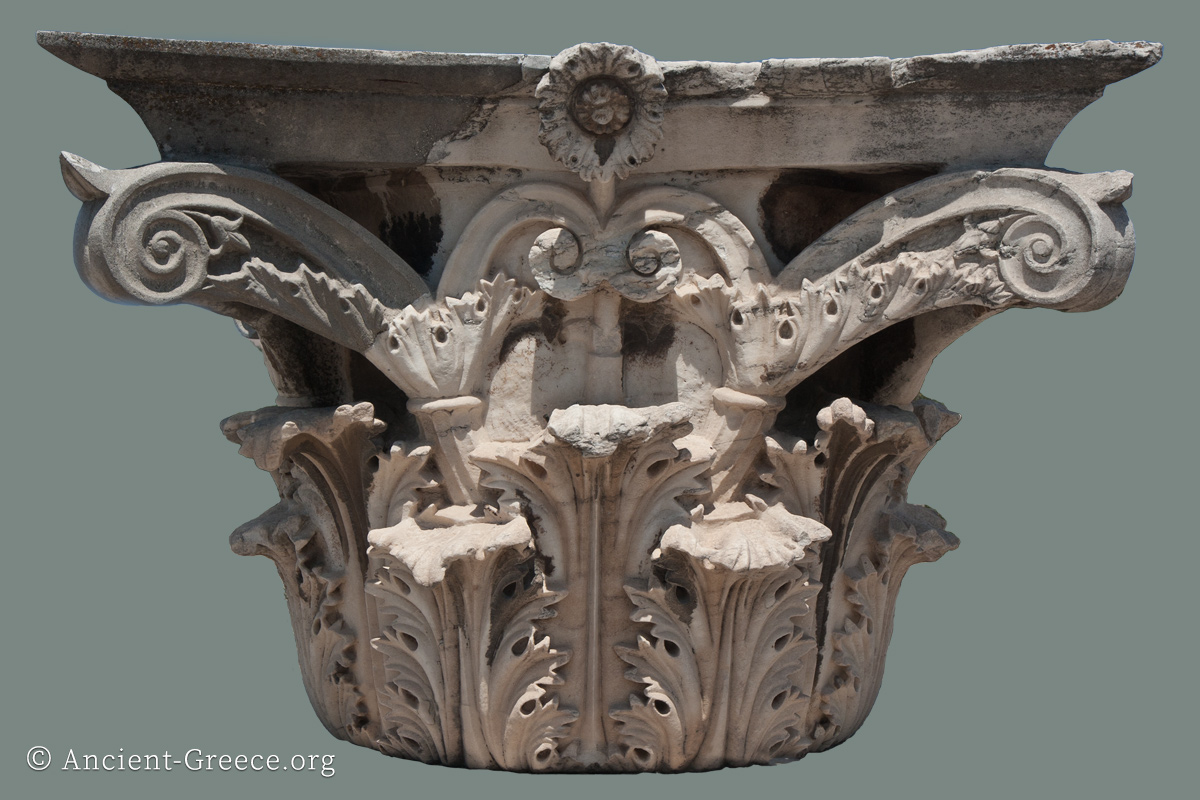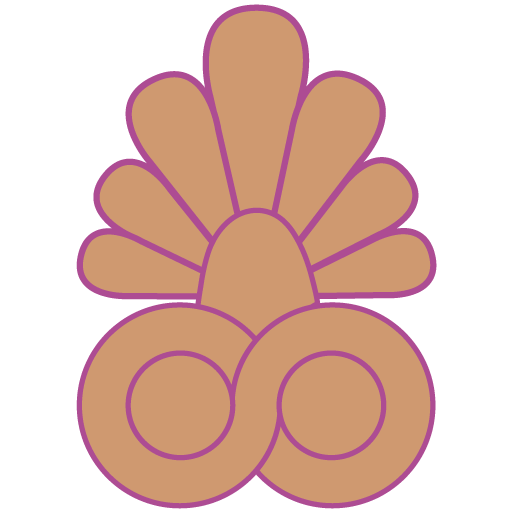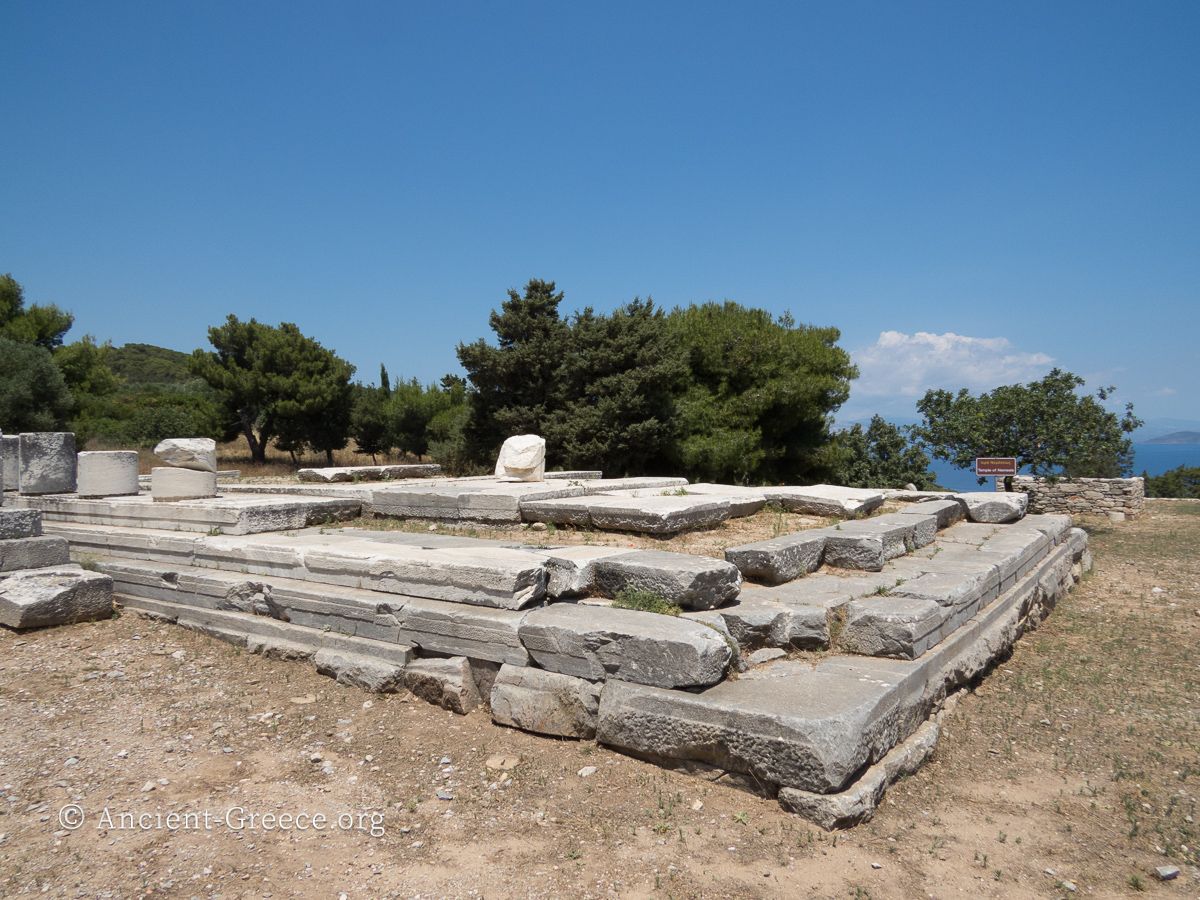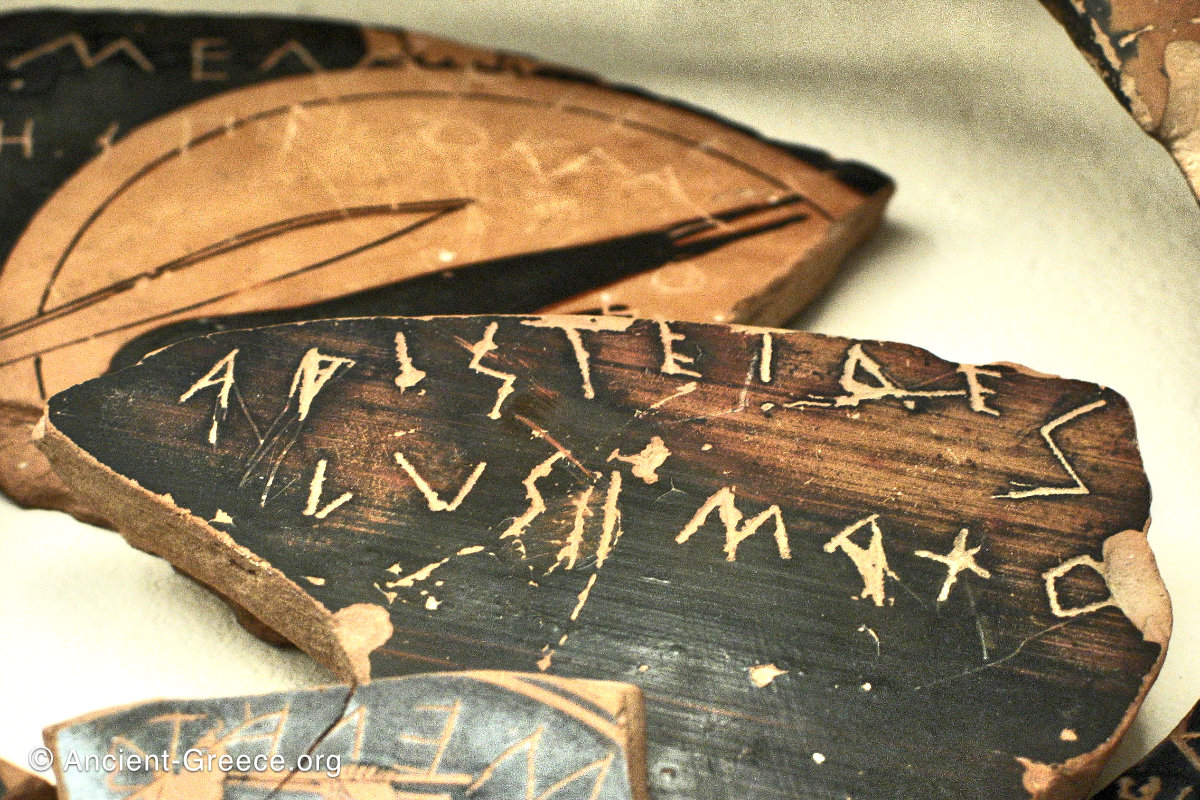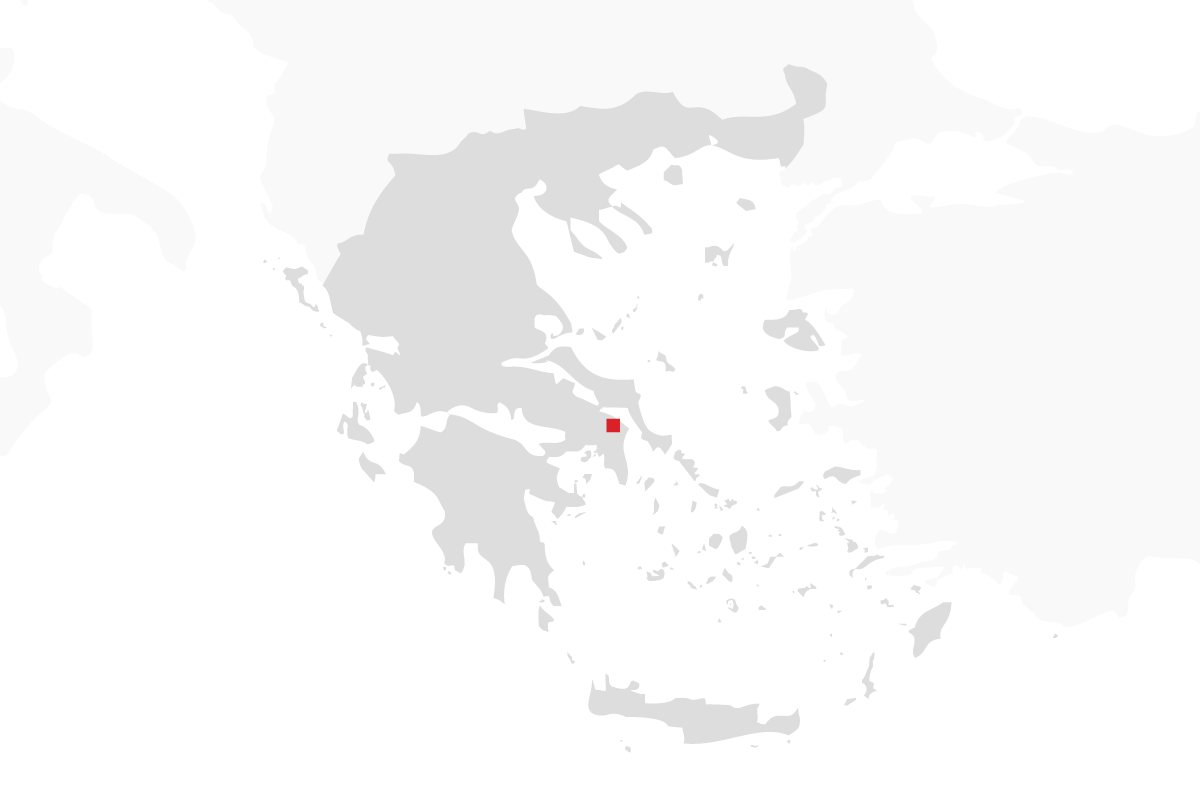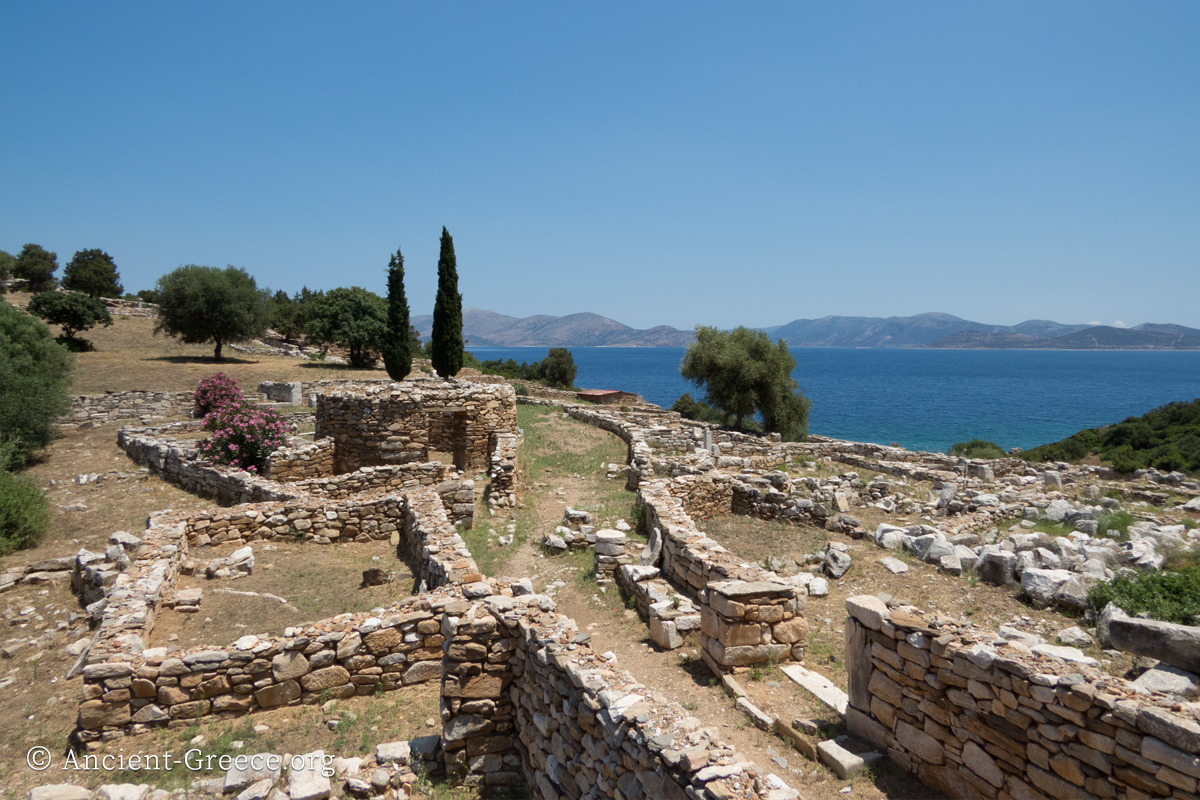
On this page:
Rhamnous (Greek: Ραμνούς; Also: Ramnous, or Rhamnus, or Rhamnounda, or Rhamnuntus) is an ancient Greek fortified town, located on the Attica coast, about 55 kilometers northeast from Athens. It was named for the local prickly bush called ramnos and was the most important sanctuary of Nemesis, which was renown even before the fortified settlement acquired importance in the 5th c. BCE.
The fortified settlement of Rhamnous was of strategic importance to Athens in the Archaic and Classical eras because it guarded over Euripos and two small harbors that provided shelter off the east coast of Attica to southbound ships. During the Peloponnesian war, and after the Spartans occupied the fort of Dekelia, Rhamnous provided safe passage for Athenian food supplies that came from Euboea.
Rhamnous was the birthplace of Antiphon (b. 480 BCE) who founded a school attended by Thucydides.
Rhamnous Archaeological Site




The path from the temple of Nemesis (left) to the fortified settlement of Rhamnous is a rough ten minute walk, but the views of the ancient town (second photo from left) provide ample reward for the hike.
The stone fortifications with the southern gate flanked by square towers (third photo from left) and a street in the interior of the acropolis bring visitors inside the ancient town.



House foundations and city landmarks make up the archaeological site that enjoys excellent views of the Euboea Straight and the island of Euboea. The fortified settlement hosted an Athenian military garrison and protected the two harbors below which served as the base for ships that patrolled the passage between Euboea and Attica.


Three marble seats (left) have survived of the barely discernible theatre of Ramnous (right).







Top row: One of the wall gates on the south end of Rhamnous.
Bottom row: House walls have been preserved and reconstructed to a considerable height, while various ruins and details are scattered throughout the town: a sophisticated marble water drain, part of a column, and a replica of a damaged Herm.




A road from the fortified acropolis, passes through the sanctuary of Nemesis and led to the deme of Rhamnous which belonged to the Aiantis tribe. A plethora of funerary naiskoi, stelai, and grave monuments flanked the road, like the family tomb from the 4th c. BCE pictured on the right.
